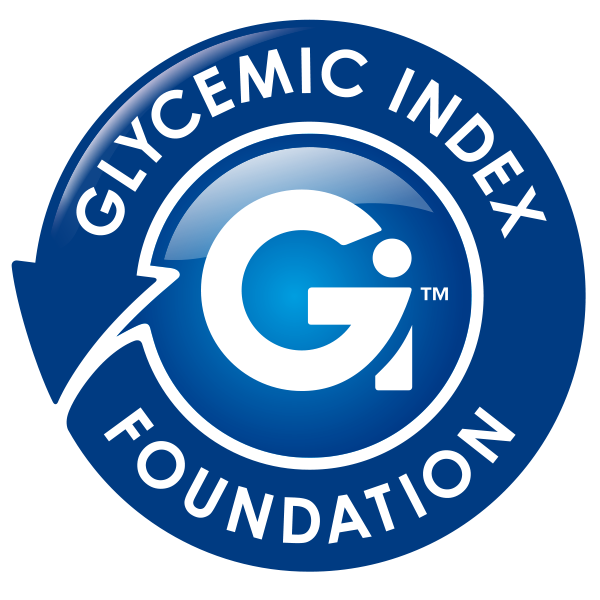Powering up with protein is no longer confined to gym junkies and body builders. The macronutrient is now making headlines among the masses for its ability to help shed the kilos and keep them off.
According to the CSIRO, a low GI diet that is high in protein helps you feel fuller for longer, ultimately helping curb those cravings to overeat – the perfect combination when it comes to losing or maintaining your ideal weight.
Alongside carbohydrates and fat, protein is one of the three macronutrients that is essential for our health and wellbeing, playing a role in almost every biological process.
It is made up of amino acids – some of which can be produced by our bodies, and some we need to get from what we eat. If a food contains all the amino acids we need to get through food, it is called a ‘complete’ protein – such as soy, red meat, eggs, fish and quinoa.
The current Australian RDI for protein is 64g (adult males under 70) and 46g (adult females under 70). The protein requirements increase as you age with it moving to 81g for men and 57g for women over 70 years of age.
But is it really enough protein? A report from the CSIRO released last year says we should be consuming at least 25 grams of protein at each main meal (75g per day) to control hunger and enhance muscle metabolism.
It’s not surprising that most Australians are currently getting their protein at dinner, but the report suggests enjoying protein throughout the day has better health benefits, and especially its inclusion for brekkie. It may surprise you to know that many breads certified low GI by the Foundation are a source of protein, including:
- Wonder Active *new*
- Coles High Fibre Low GI Seven Seeds (Rolls and Loaf) *new*
- Coles High Fibre Low GI White Loaf *new*
- Tip Top 9 Grain (Original, Pumpkin Seed and Wholemeal)
- Helga’s Lower Carb (5 seeds, Soy and Toasted Sesame, Wholemeal and Seeds)
- Bürgen (Rye, Pumpkin Seeds, Soy-Lin, Wholegrain and Oats, Wholemeal and Seeds)
When it comes to the benefits of protein for weight management, the CSIRO says it helps with appetite control, boosting metabolism, reduces food cravings, improves body composition and can help reduce your energy intake.

But is all protein equal? No. Close to 40% of the average Australian’s diet currently includes their protein from discretionary foods like fast food, cakes, pastries and biscuits. It is important to eat quality sources of protein and not get your fix from junk foods.
Good sources of protein include lean meats, poultry, eggs, legumes and dairy products. There are some great plant sources of protein – check out our article here.
The takeout? Enjoy protein from nutritious sources at every meal, alongside low GI carbohydrates and vegetables.



